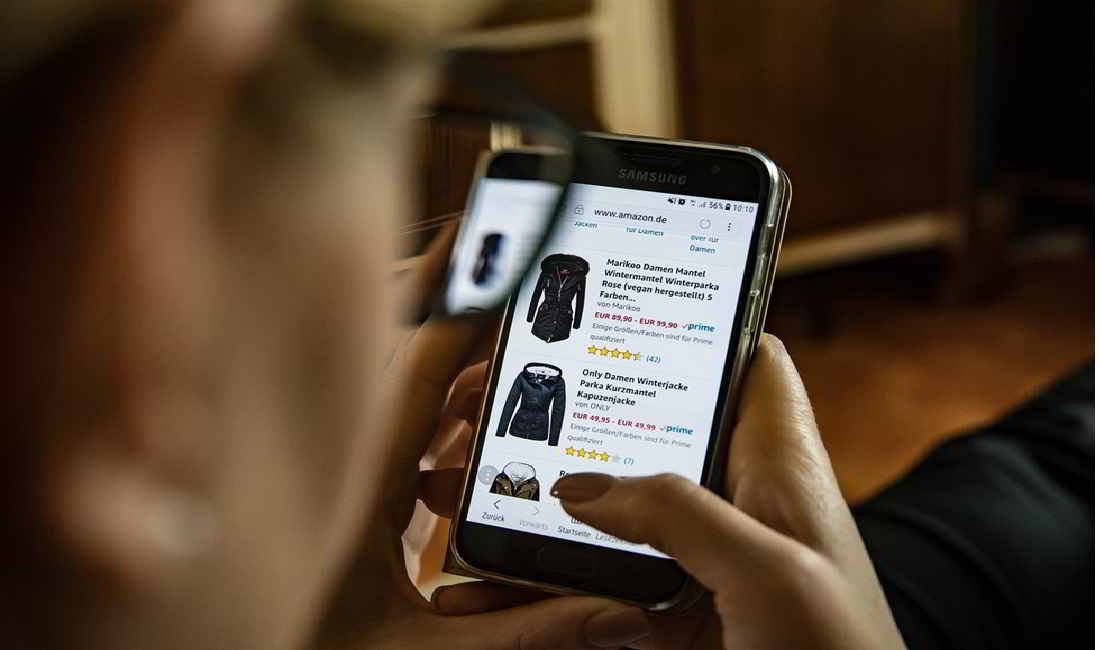
The Essential Guide to Mobile E-Commerce Optimization
- Categories Blog
- Date February 11, 2025
The smartphone revolution has irrevocably changed the routine of how we live, work and, perhaps most importantly, shop. It’s no longer a question of if e-commerce businesses should prioritize mobile, but how. With mobile commerce sales reaching trillions of dollars, a mobile-first strategy isn’t just a good idea – it’s a necessity for business survival. This article explores why this shift is crucial, the benefits it offers, and the best practices for implementing a successful mobile-first approach.
Why Mobile-First is No Longer Optional
The rise of mobile shopping isn’t a trend for now but it’s a fundamental shift in consumer behavior. People increasingly prefer the convenience and accessibility of browsing and buying on their smartphones. This preference is driven by the ease of use, the ability to shop anytime, anywhere, and the personalized experience that mobile devices offer. For e-commerce businesses, ignoring this reality is akin to ignoring a vast and rapidly growing market.

A mobile-first strategy prioritizes the mobile experience over the desktop version. It means designing and developing websites and apps specifically for mobile devices, ensuring a seamless and intuitive user journey. This approach necessitates a digital transformation focused on optimizing every aspect of the mobile experience, from page load speed to checkout process. By embracing mobile-first, businesses can broaden their reach, strengthen customer relationships, and unlock new revenue streams.
The Advantages of a Mobile-First Approach
Implementing a mobile-first strategy offers a multitude of benefits for eCommerce businesses:
- Stronger Customer Relationships: A dedicated mobile app allows for direct interaction with customers, fostering a stronger sense of community and brand loyalty. Push notifications, personalized offers, and easy access to customer support contribute to a more engaging and personalized experience.
- Expanded Customer Reach: With the vast majority of people owning smartphones, a mobile-first approach significantly expands a business’s potential customer base. A well-designed mobile app makes it easier for customers to discover and interact with the brand, increasing visibility and driving traffic.
- New Revenue Opportunities: Mobile apps open up new avenues for revenue generation. In-app purchases, targeted advertising, and loyalty programs can create additional revenue streams and boost profitability. The diverse monetization strategies available across different app verticals offer significant potential for growth.
Enhanced User Experience: Mobile-first design focuses on creating a streamlined and user-friendly experience specifically tailored for smartphones. Optimized page layouts, intuitive navigation, and fast loading times contribute to a seamless and enjoyable shopping experience, leading to higher conversion rates and customer satisfaction.

Best Practices for Mobile-First Success
Simply having a mobile app isn’t enough. To truly capitalize on the mobile-first approach, e-commerce businesses need to implement mobile app testing best practices that ensure a positive user experience and drive engagement:
- Gather Customer Feedback: Regularly solicit feedback from users to understand their needs and identify areas for improvement. In-app surveys, reviews, and social media monitoring can provide valuable insights into the user experience.
- Optimize Onboarding: The initial onboarding experience is crucial for engaging new users. Keep the process simple, informative, and engaging, guiding users through the app’s features without overwhelming them with information.
- Conduct Beta Testing: Before launching a new mobile app or feature, conduct thorough beta testing to identify and fix any bugs or usability issues. This ensures a smooth and polished user experience upon release.
- Leverage Chatbots: Integrate chatbots into the mobile app to provide instant customer support and answer frequently asked questions. This improves customer satisfaction and frees up human agents to handle more complex issues.
Prioritize Simple Design: Mobile app design should prioritize simplicity and ease of navigation. A clean and intuitive interface makes it easier for users to find what they’re looking for and complete their purchases quickly and efficiently.
The Future is Mobile
The shift towards mobile commerce is undeniable. For e-commerce businesses to thrive in this mobile-centric world, a mobile-first strategy is no longer a luxury, but a necessity. By prioritizing the mobile experience, implementing best practices, and continuously adapting to the evolving needs of mobile users, businesses can unlock new opportunities for growth, strengthen customer relationships, and secure their place in the future of e-commerce. The key is not just to have a mobile presence, but to create a mobile experience that is so compelling and convenient that customers choose it time and time again.
You may also like



